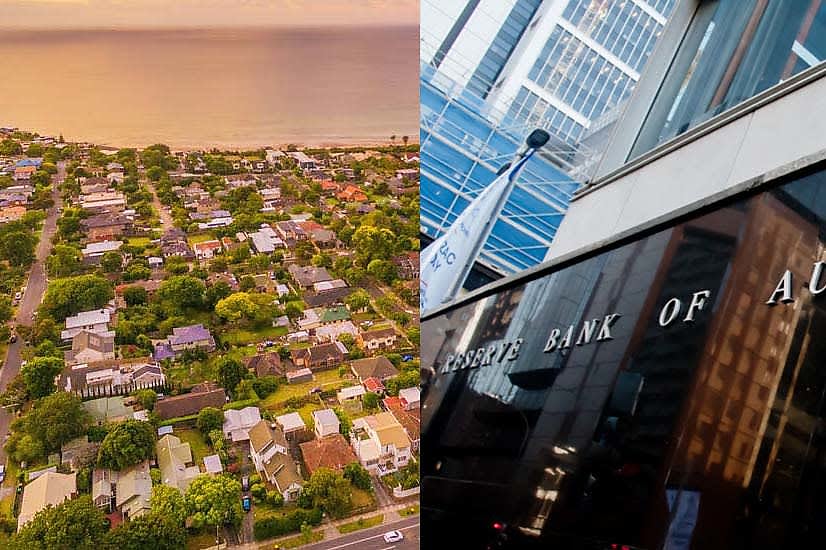RBA hands down May cash rate decision
Amid much speculation as to which way interest rates will go in 2024, the Reserve Bank of Australia (RBA) has shared its latest update to the cash rate target.

The central bank has made the decision to hold the cash rate at 4.35 per cent.
You’re out of free articles for this month
To continue reading the rest of this article, please log in.
Create free account to get unlimited news articles and more!
While much chatter has surrounded the persistence of high inflation and the potential for future rate hikes, the RBA is clearly adopting a “wait-and-see” approach.
Is the battle far from won?
As noted by Eleanor Creagh, PropTrack’s senior economist, the sustained pause “reflects the expected easing in inflation still to come as the economy, businesses and consumers continue to adjust to the full impact of significant interest rate tightening delivered since May 2022”.
She continued: “Although inflation has not fallen as quickly as expected early in the year, retail sales and consumption are weak, and consumer sentiment remains low. Despite higher-than-expected inflation in the March quarter confirming the challenging journey towards lower inflation, the board remains forward-looking, anticipating further decline in inflation by the end of the year.”
Despite the continuing reprieve against a higher cash rate target, RateCity research director Sally Tindall warned that “Australia’s inflation battle is far from won”.
“The board could well put the country back on notice that further hikes may be necessary,” she cautioned.
And while the March cash rate decision marked the first time since April 2022 that the board “did not proactively review the arguments in favour of increasing the cash rate since April 2022”, she said there’s a chance governor Bullock “will put Australians back on notice by explicitly referring to rate hikes once again”.
Continued pause good for property
LJ Hooker Group head of research Mathew Tiller is more confident that Australia is at the peak of its hiking cycle, stating we are “likely at the peak of the interest rate cycle, despite the latest inflation data being higher than anticipated”.
From his position, he expects “the cash rate to remain stable throughout winter with a cut towards the end of the year or early in 2025”.
For actors within the property space, he expects the latest RBA decision will bring stability to the winter property market.
Tiller said sellers can be confident they’ll achieve good sale prices “because there is this demand in the market and the continuing price growth is evident of the ongoing supply-demand imbalance”.
“While there are not as many homes to choose from for buyers, there is a high probability that there is unlikely to be further rate increases which can allow them to budget better and act with more certainty when looking to make their purchase.”
Cash rate not the only lever that can be pulled
For the Housing Industry Association senior economist, Tom Devitt, the continuing uncertainty around rate hikes has led him to consider the need for the pulling of other policy levers – especially given the recent revelation that “Australia is closing in on the weakest two years of lending for new home building in over two decades”.
Citing data from the Australian Bureau of Statistics, Devitt said rather than putting the onus on the RBA, there’s a need “to pull other policy levers to reduce the costs of construction and finance and enable a recovery in new home building”.
He argues: “Tax reform is needed to bring investors back to the new housing market, especially with respect to the punitive surcharges imposed on foreign investors.”
Elsewhere, he recommends changes to macroprudential rules to make it easier for gainfully employed Australians to obtain mortgages, while “more land needs to be made available for residential developments of all types”.
